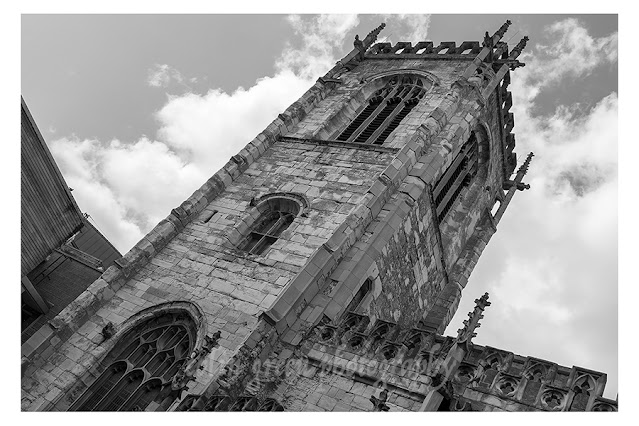Nestled on the Caldervale Line, midway between the bustling metropolises of Leeds and Manchester, lies Smithy Bridge Railway Station. While it might appear, at first glance, to be a modest, unstaffed two-platform stop, its history is anything but ordinary, a testament to the evolving needs of a community and the enduring importance of rail travel.
A Modern Yet Modest Hub
Today, Smithy Bridge Station serves as a vital link for the local community, evidenced by its impressive passenger numbers – 167,000 in 2017/18, equating to over 3,200 journeys per week. Despite its unstaffed status, the station offers essential facilities. Small shelters on both platforms provide respite from the elements, while information boards keep passengers informed. For convenience, ticket machines are available for both purchasing and collecting tickets prior to travel.
Accessibility is a key feature, with both platforms reachable via ramps, ensuring that the station is usable by all. A small car park sits between the station and the picturesque Rochdale Canal, though passengers are advised this is not station property. A defining characteristic of Smithy Bridge is its proximity to the level crossing that carries Smithy Bridge Road, a route leading up to the scenic Hollingworth Lake – a popular local attraction.
From Victorian Origins to Modern Revival
The story of Smithy Bridge Station is a fascinating journey through time, a narrative of closure and triumphant re-opening. The original station, a product of the Victorian railway boom, was opened by the Lancashire and Yorkshire Railway in October 1868. This was nearly three decades after the initial line through Smithy Bridge had been laid, extending to Littleborough. For over 90 years, this initial incarnation of Smithy Bridge Station served its purpose, connecting the community to the wider rail network.
However, the mid-20th century saw significant changes in the railway landscape. British Rail, undergoing rationalisation, made the difficult decision to close Smithy Bridge Station in May 1960, a common fate for many smaller stations during this era. For 25 years, the tracks through Smithy Bridge lay silent, at least in terms of passenger services.
But the story didn't end there. Thanks to the foresight and financial backing of Greater Manchester PTE (Passenger Transport Executive), a new chapter began. On August 19th, 1985, a new Smithy Bridge Station, built on the very site of its predecessor, was officially opened. This revival underscored a renewed understanding of the importance of local rail connections and the role they play in sustainable transport and community development.
Echoes of the Past: The Signal Box
Just to the east of the current station, a level crossing marks a spot with a more recent historical footnote. Until 2014, a signal box stood proudly on the opposite side of the road to the station, diligently controlling the crossing. These iconic structures, once ubiquitous along railway lines, are now a rare sight, gradually being replaced by modern signalling systems. The Smithy Bridge signal box, a silent sentinel for many years, was ultimately taken out of use and subsequently demolished, another sign of the ever-evolving nature of the railway infrastructure.
A Snapshot in Time
The accompanying images, captured on a Nikon D3300 SLR camera on a crisp December day in 2019, offer a contemporary glimpse of Smithy Bridge Station. They show a station that, while unstaffed, is clearly well-used and continues to serve its community effectively. They are a visual reminder of the station's present-day function, a testament to its successful rebirth.
Smithy Bridge Railway Station is more than just a stop on the Caldervale Line. It's a living piece of railway history, a testament to the ebb and flow of rail travel, and a vital link for the people it serves. Its journey from Victorian origins to modern revival highlights the enduring value of accessible and well-connected public transport, a story that continues to unfold with every passing train.
Clicking any of the images below should open a link in another window to my Colin Green Photography store on Zazzle.






























































